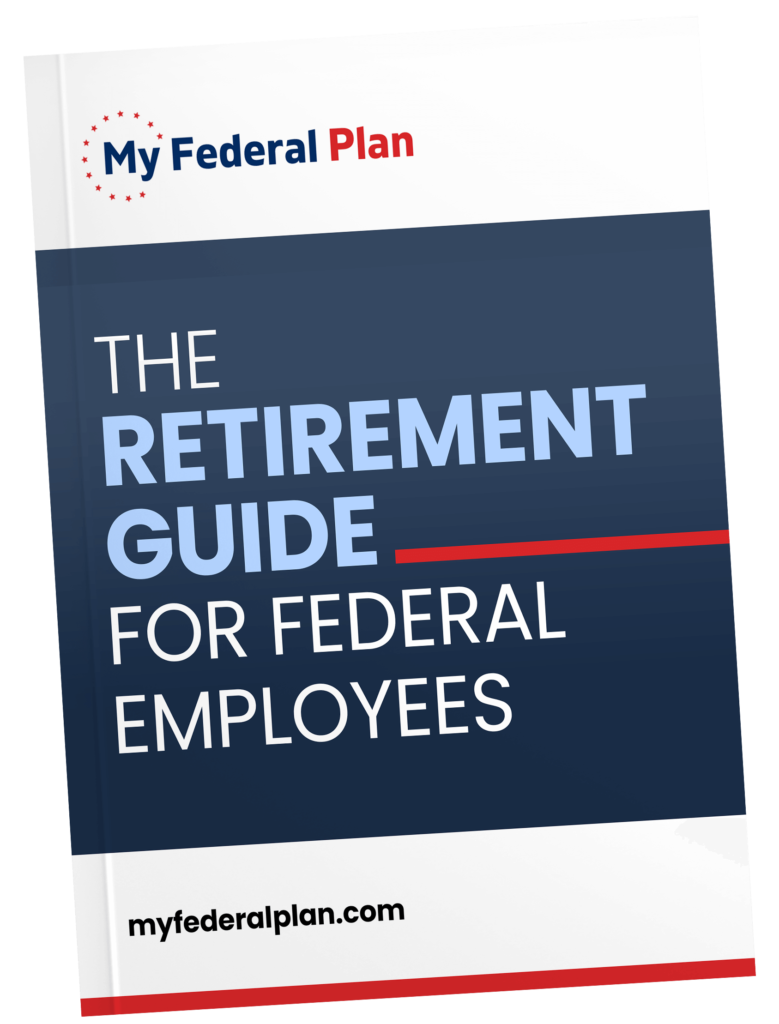TSP Contributions
Understanding TSP Contribution Types
The Thrift Savings Plan (TSP) has two forms of contribution: employee and agency.
Employee Contributions
Regular employee contribution: These are payroll deductions automatically withdrawn and invested into TSP from your basic pay at each pay period. The amount is based on the percentage of your basic pay that you selected when you submitted your contribution information. FERS or CSRS employees or BRS members who began service after October 1, 2020, are automatically enrolled in TSP with a 5% salary employee contribution unless otherwise specified.
Your employing agency will continue to make the same payroll deduction toward your TSP until you either elect to change the percentage, elect to stop making contributions, reach the IRS contribution limit.
Catch-up contributions: When you turn 50, you are eligible to make contributions toward a “catch-up limit.” As of January 2021, the process got easier in that you’ll no longer need to make separate elections to the TSP account for this type of contribution. You can now add catch-up contributions in the same place as your existing TSP contributions.
How Catch-Up Contributions Work
- Once you surpass the elective deferral or annual addition limit, your contributions will automatically go toward the catch-up limit.
- These “spill-over” contributions qualify for the match on up to 5% of your salary.
- Separate catch-up elections are no longer required.
- You may start, stop, or change your contributions at any time.
- Note: If you are a uniformed services member and enter a combat zone, your contributions toward the catch-up limit must be Roth. There are special rules and regulations for uniformed service members regarding types of money that can be used toward catch-up contributions.
Agency/Service Contributions
Automatic agency/service contributions: Your agency or service will contribute an amount equal to 1% of your basic pay each pay period to your TSP account. These are automatic and you do not need to make any employee contribution to receive them.
This 1% contribution does not reduce your pay nor affect the salary amount used to determine your income taxes.
Agency/service matching contributions: As a FERS or BRS participant, you receive matching contributions on the first 5% of pay that you contribute each pay period. Your employer matches a full percentage up to 3% of your contribution, and a half percentage for the next 2% you contribute. Any contributions you make above 5% will not be matched.
Matching contributions are not deducted from your pay, nor do they affect the salary amount used to determine your income taxes.
What Happens If I Leave My Federal Position Before Retirement?
You are entitled to keep the agency/service’s automatic 1% contribution (not the matching portion) in your account if you are considered “vested.” You are considered “vested” after you have worked in the federal government or uniformed services for a certain number of years. All your years of service in a position eligible for the TSP count toward vesting, even if you don’t contribute to the TSP during that time. Most FERS participants are vested in Agency/Service Automatic (1%) Contributions after completing 3 years of service.

